Pandora's Whale
Pandora's Whale is a puzzle box-based design for the 15-294 Final Project assignment. The design was centered around a "Pandora's Box" type of puzzle, and while in the design process for creating the box, I realized the design of the box was starting to take the shape of a whale. So, the design then shifted to instead create a Pandora's Box in the shape of the Nantucket Whale (see photos below).


For the puzzle component, I wanted to base the design around some common Pandora's Box concepts I'd seen previously. If you get stuck on how to "solve" the puzzle, see the included video in this submission.
The outcome was a design that exists in four pieces: a box, an inner lid, an outer lid and a tail.
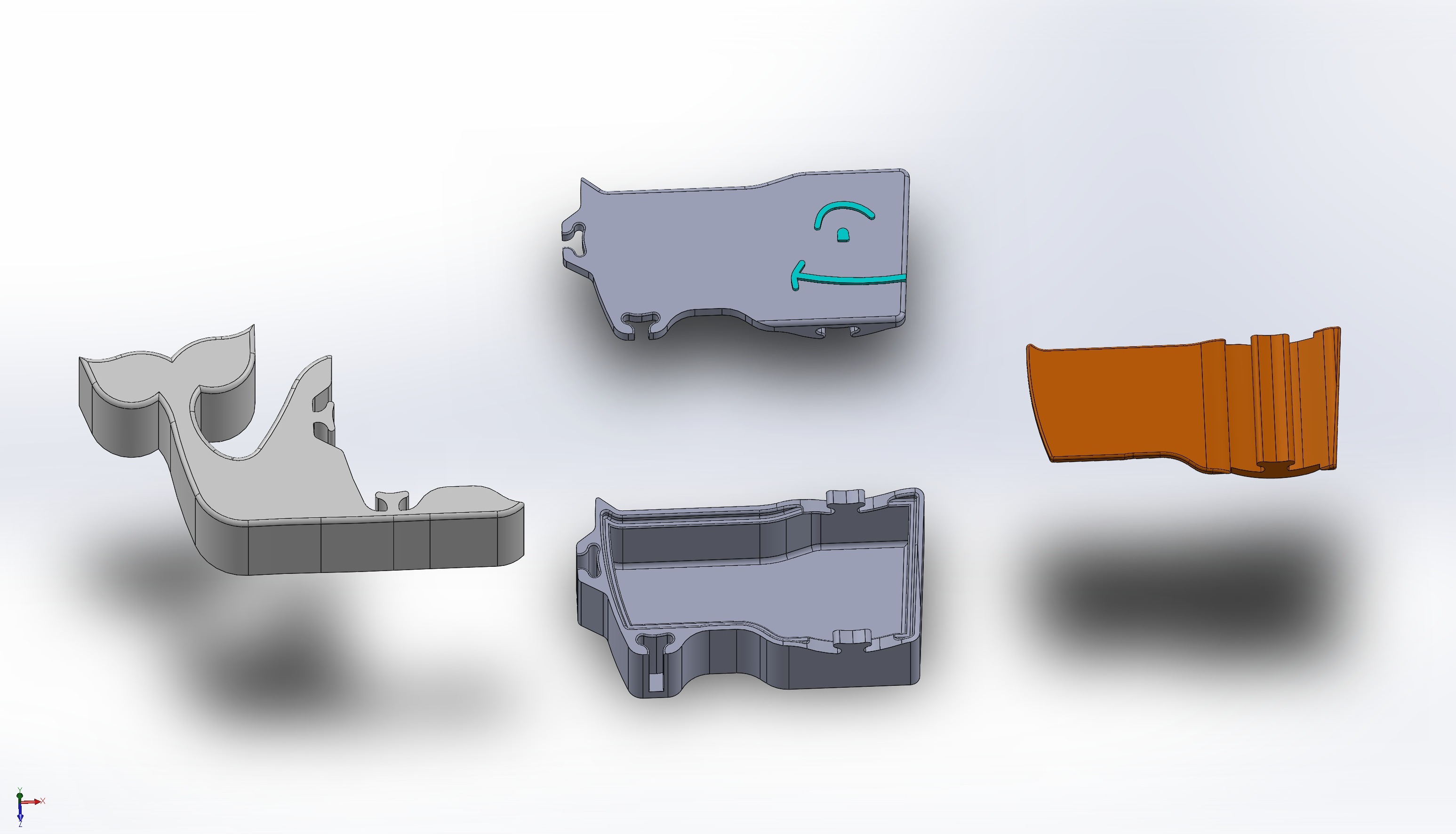
Box
The box serves as the main storage unit and main puzzle piece; every other component in the puzzle is dependent on the box. The box sketch served as a reference for all the other designs, especially the "pin" components, which had to be aligned perfectly in all sketches in order for the puzzle to work and actually fit together. Using equations, each pin (as well as all sides adjacent to the box) in every sketch are linked to be offset from the box by the same variable amount (to account for printing error and slide room). On a side note, equations were also used to fillet all outer edges and pin edges in the design.
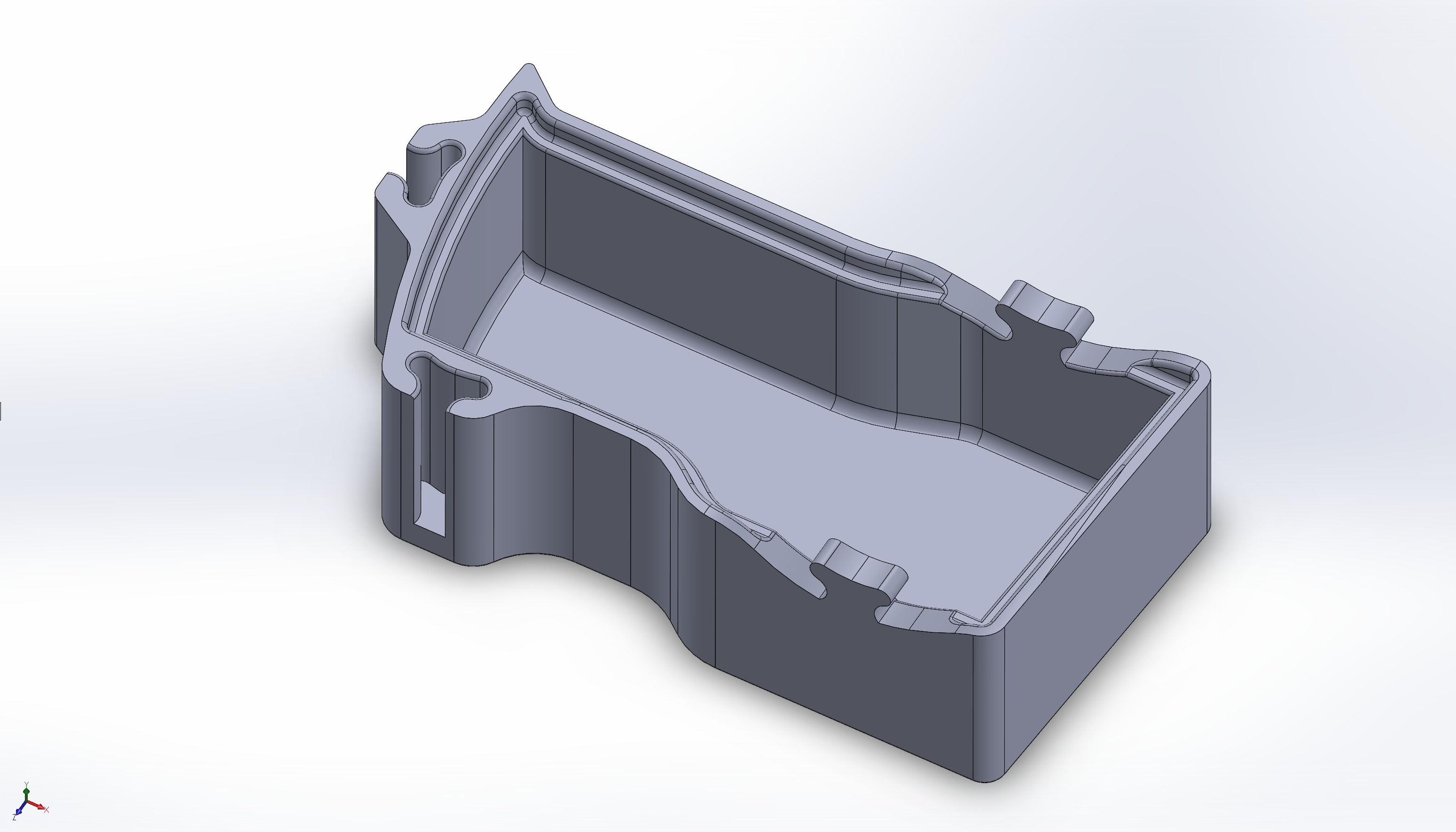
Inner Lid
The next piece is the inner lid, which is a contoured lid for the box such that, in theory, the inner lid and box could be used standalone as just a box and cover. The inner lid was one of the most difficult pieces to make, if not the most difficult, as it had to fit the exact specifications of the top and inner areas of the box. There were many distinct cuts and fillets that had to be made for it to fit properly.
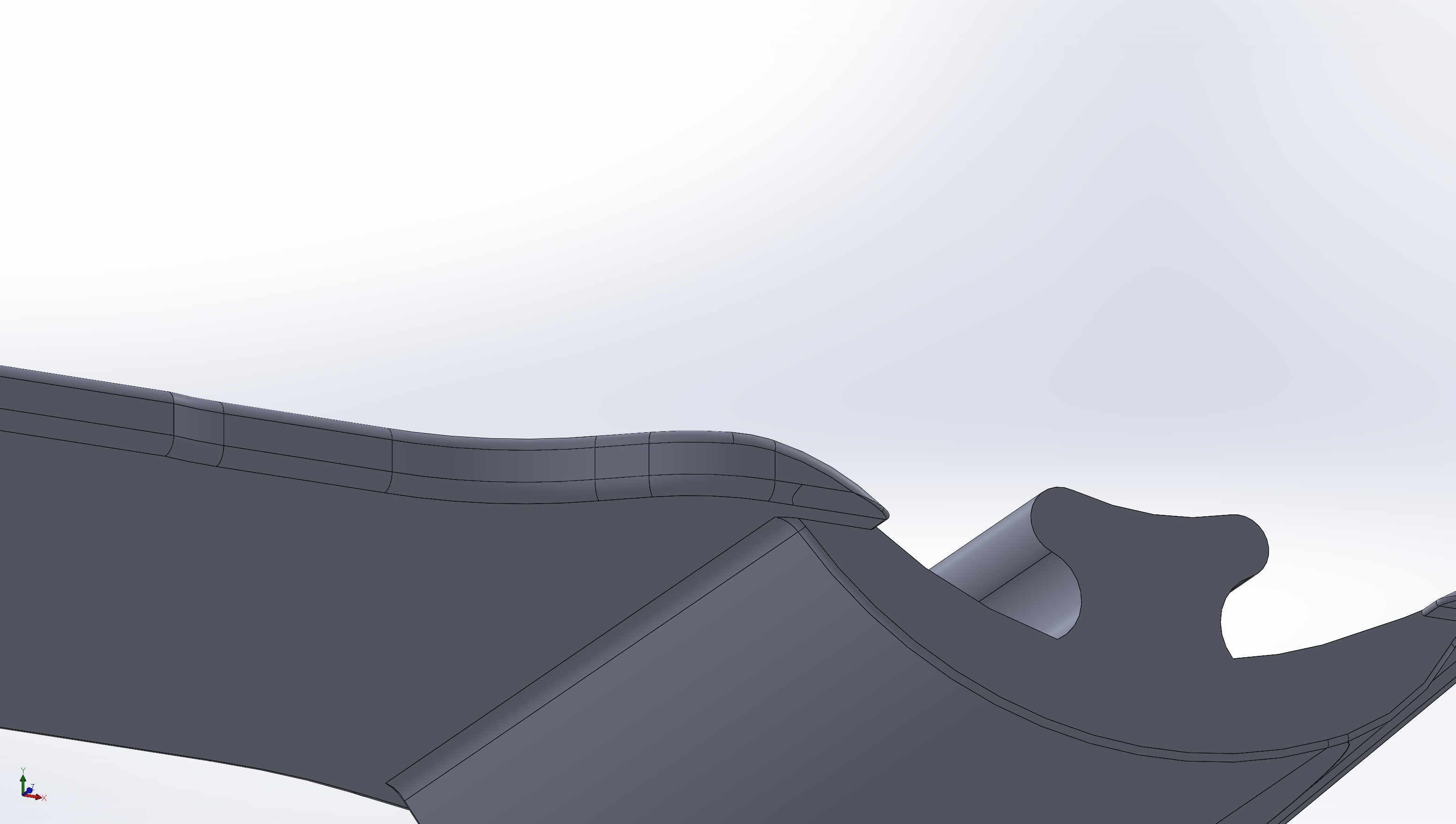
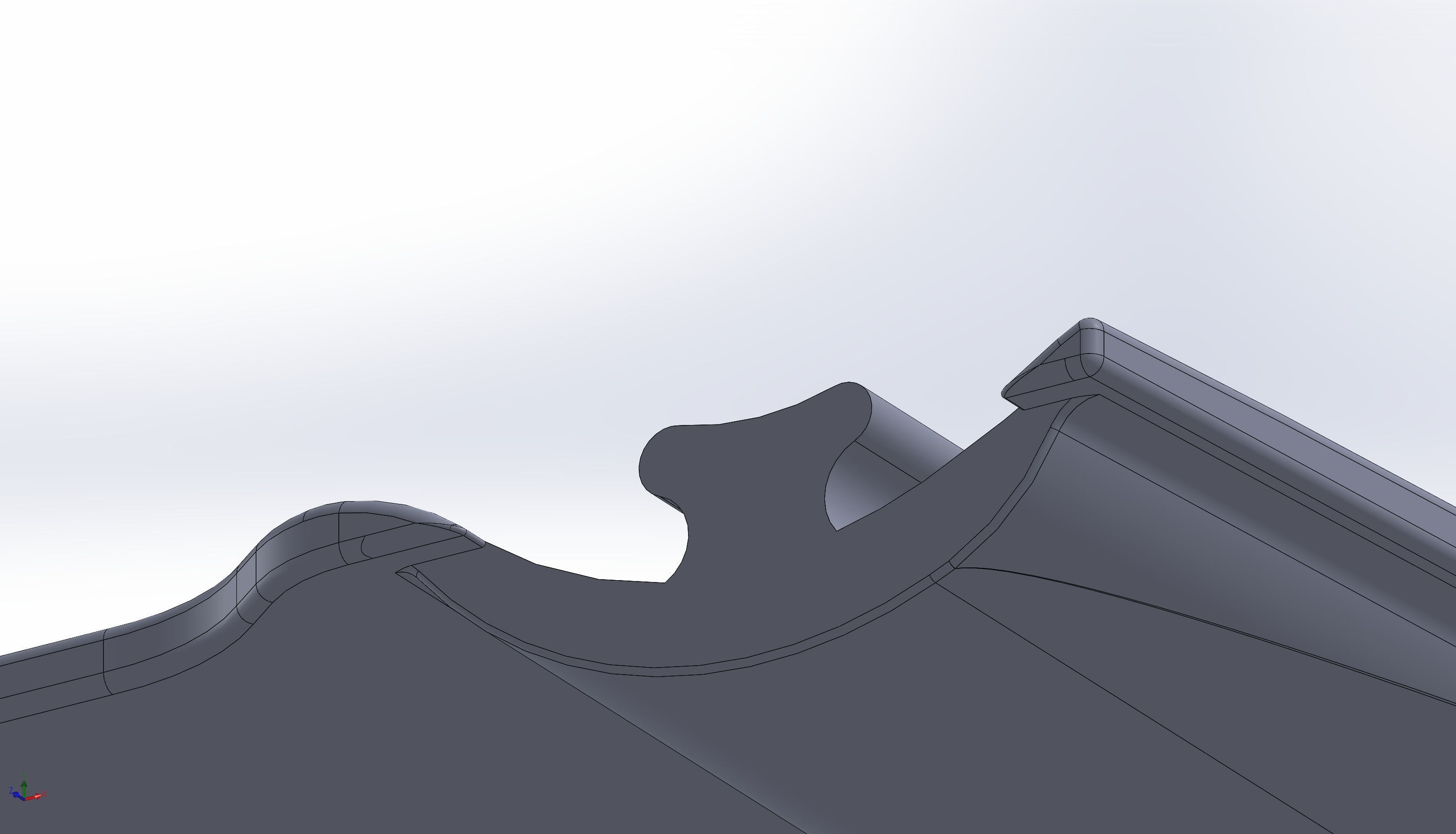
Outer Lid
Next, the outer lid, which has the same pin-based locking mechanisms to secure to the top of the box as the tail does, and which also allows for the whale to have a face, had to be created to fit the outline of the box design but still account for the tail. Additionally, the outer lid, like the inner lid, had to have a series of cuts and fillets to fit both the box and inner lid and slide over both simultaneously without colliding. The face was created using a series of linked curves and edges. I implemented rudimentary Bezier handles using lines coincident with the arcs, which allowed for adjustment of "expression" without moving the curves too far from their current position.
.JPG)
The extrude was made with a slight offset from the lid itself, which tricks the Cube printers into thinking it's a separate part, which then allows for two colors on the same part. For the puzzle aspect of the design, the lid slides into the box/inner lid, creating the contoured overall outline of the box.
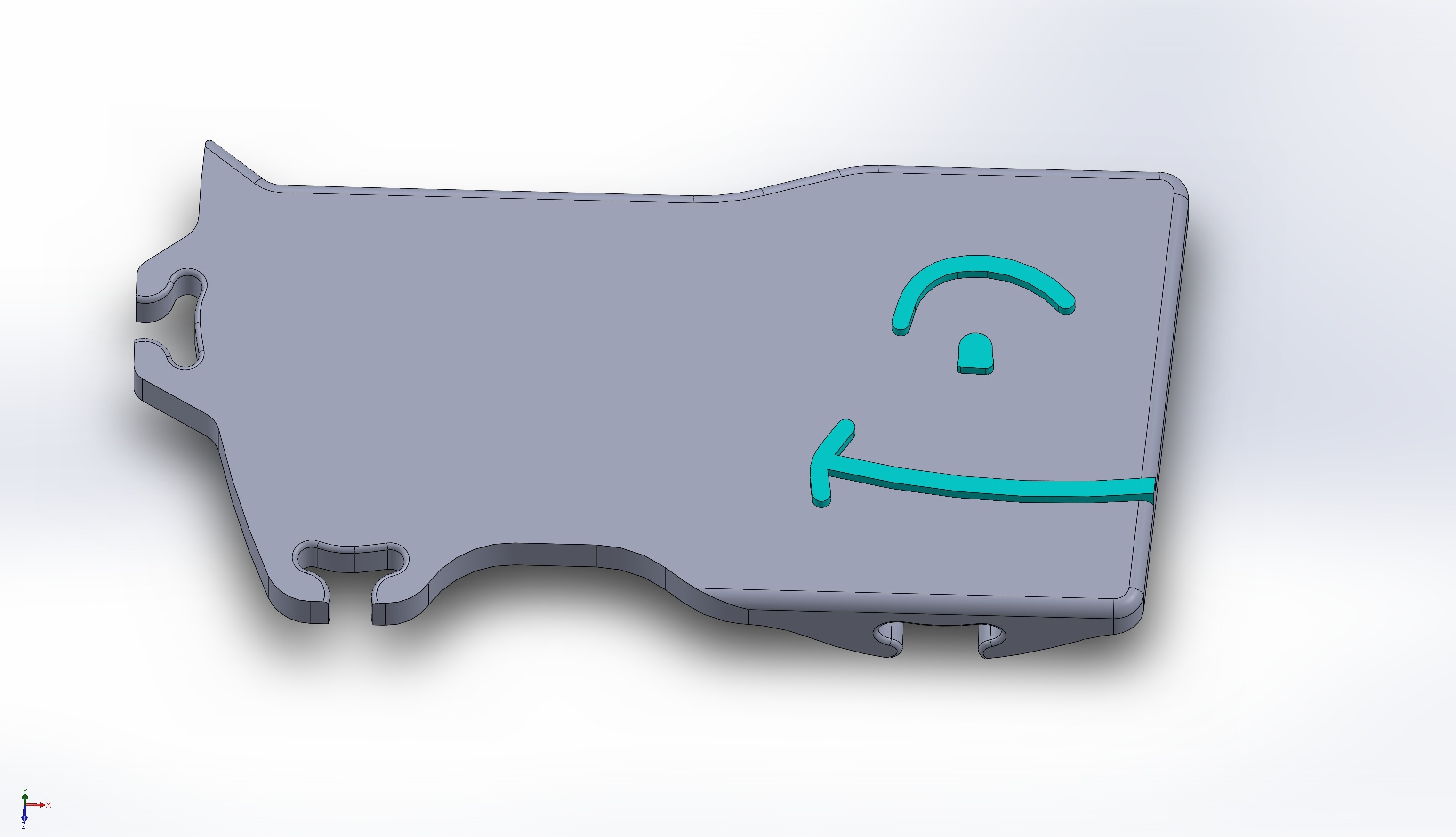
Tail
Finally, the tail serves as the main pin/locking mechanism which holds the puzzle together. The locking pins on the tail are slightly different from the pins on the top of the box to prevent someone from constructing the puzzle incorrectly.
The tail itself was another difficult piece to make. The bottom of the tail (the area with the bottom pin) as well as all adjoining tail sides (to the box) had to be contoured to adjacently fit the box so there wouldn't be any strange angles; I wanted the entire outline of the box to be as contoured and as close as possible.
.JPG)
One of the harder challenges was the top corner of the tail (where it hits the top edge of the box).
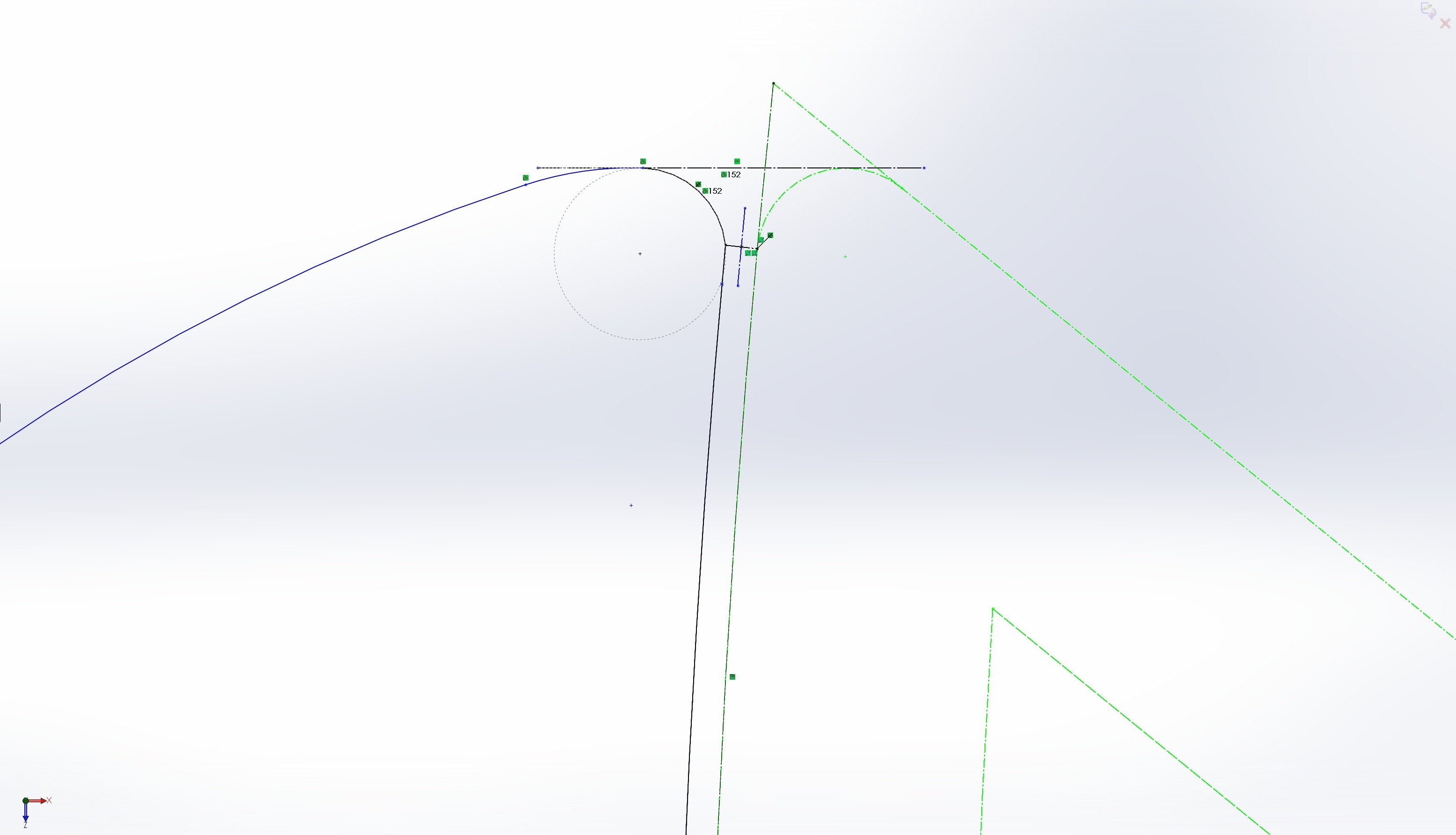
Additionally, (mostly) every arc on the tail had to be tangential to connecting arcs.
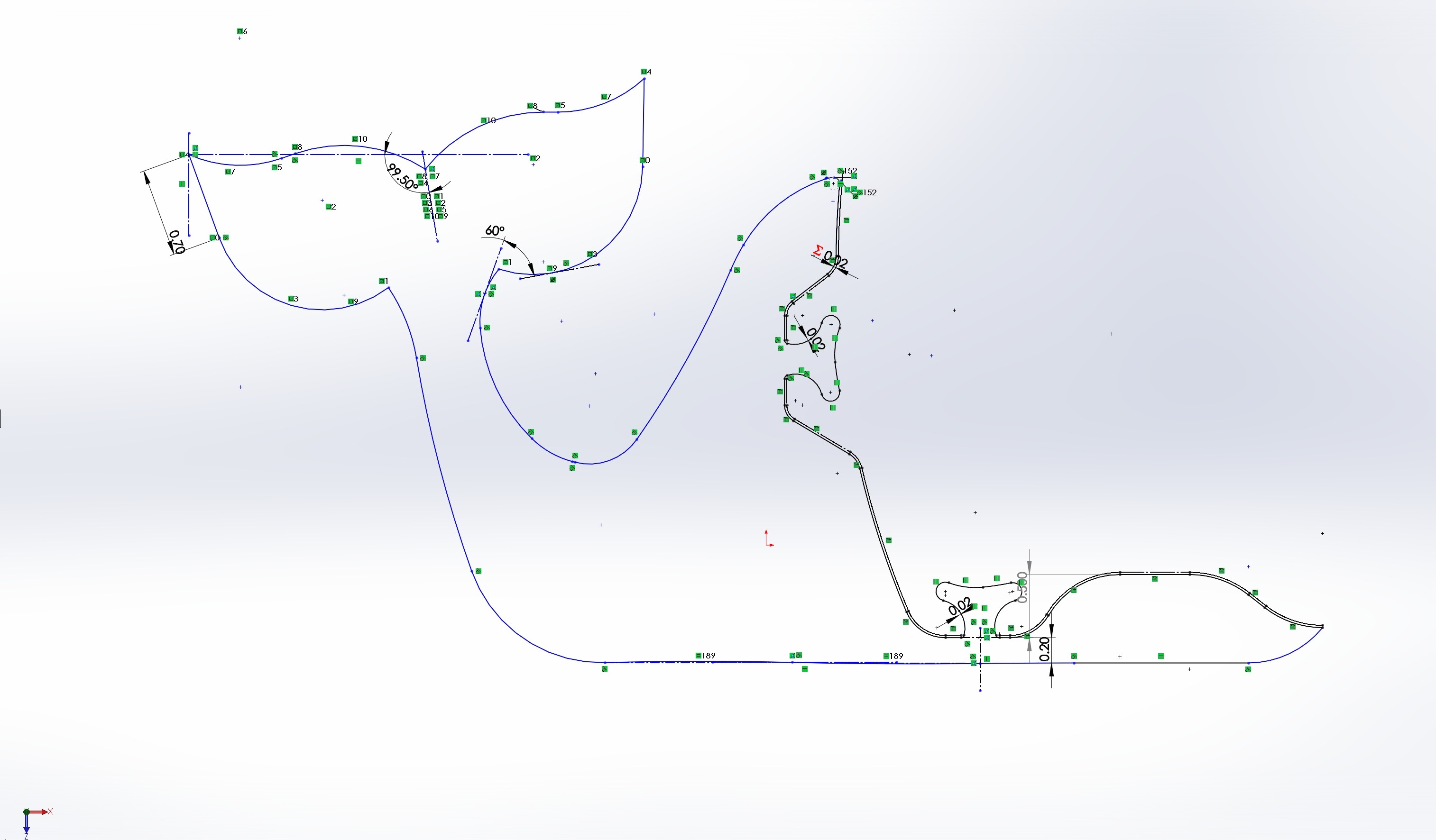
However, this tangential arcs, on certain occasions, created havoc as new constraints prohibited the arcs from solving themselves in an organized way.
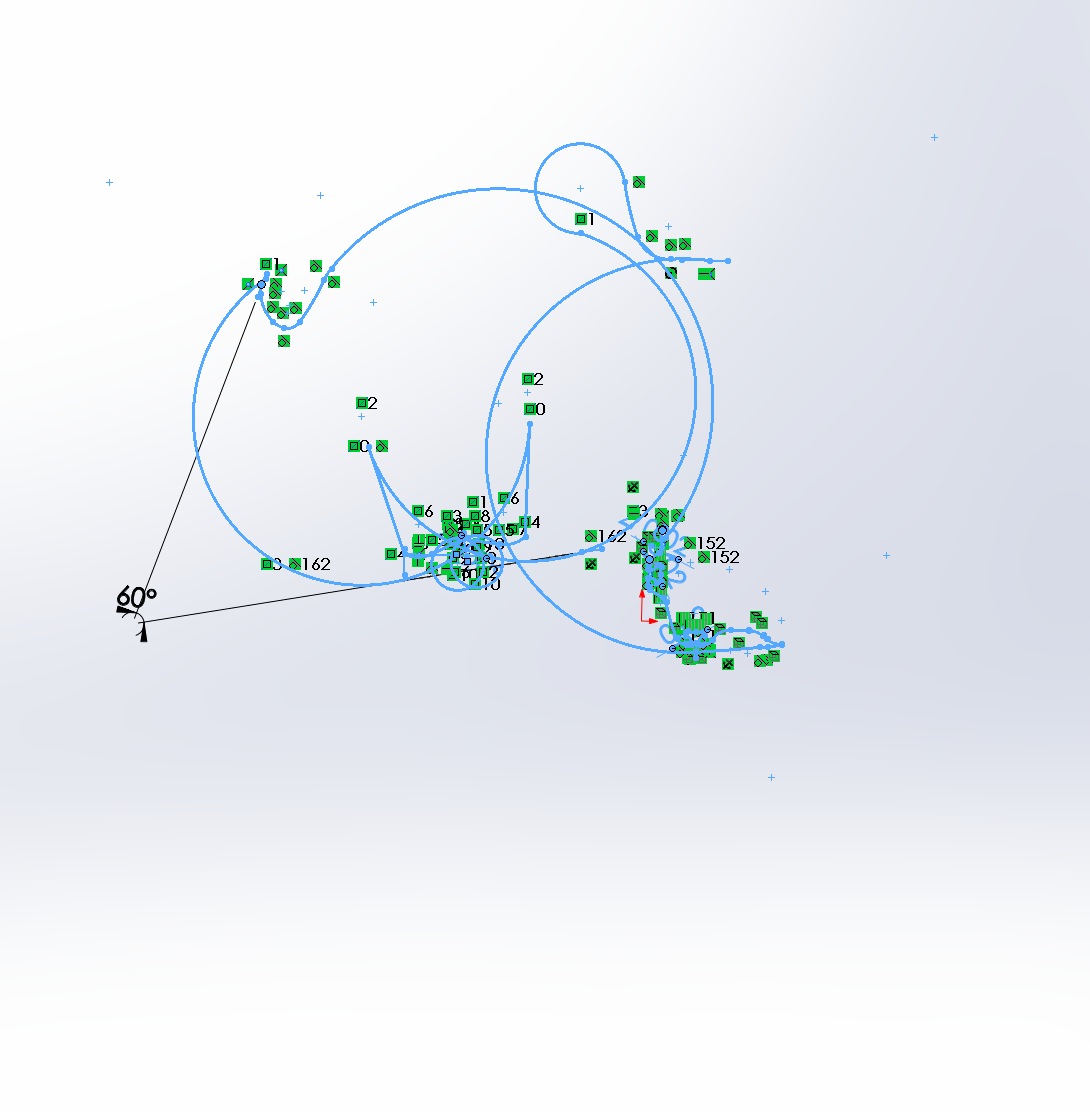
Ultimately, though, the tail came out contoured and the result was quite..."fitting". :D
End Result
The end result of the project was an intricately-designed and well-thought-out puzzle box that I'm proud of, and that allowed me to be creative in using some new skills I'd learned over the last few weeks. I enjoyed working on the project, and I hope to use my new abilities in SolidWorks in the near future.
.JPG)
.JPG)






.JPG)

.JPG)



.JPG)
.JPG)